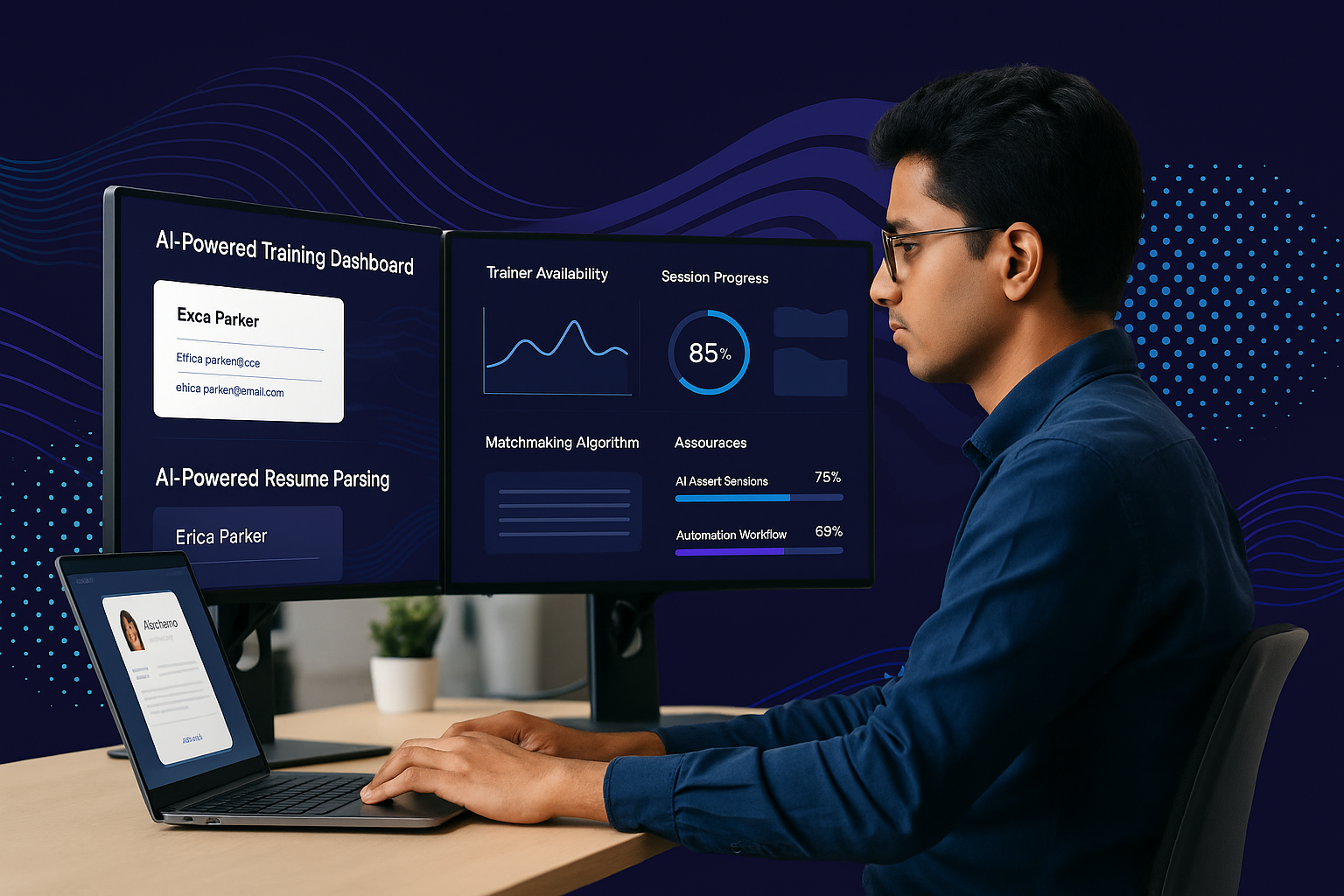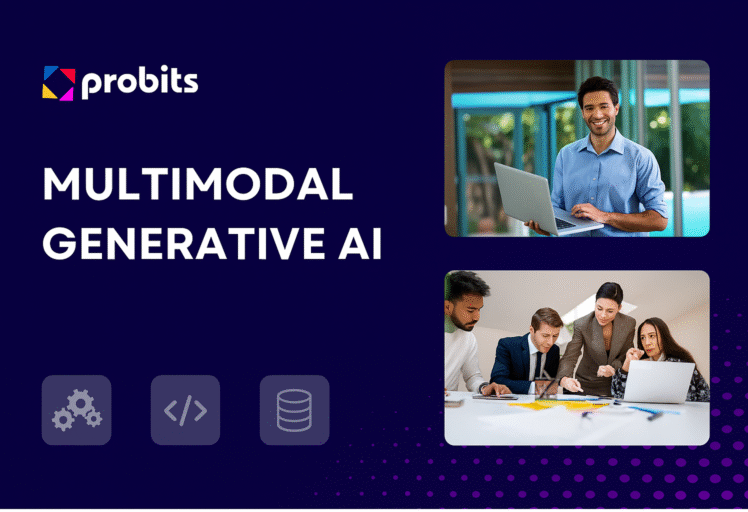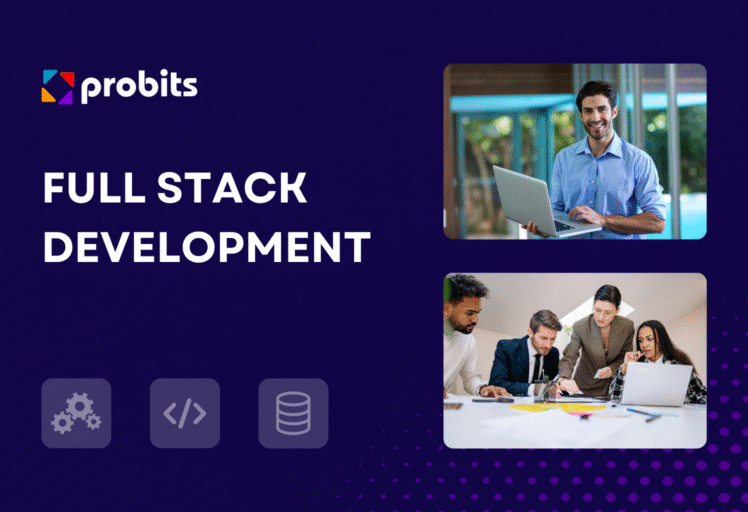- What We Do
Solutions
Development
Consulting

Some Heading Goes Here
Your time is precious for us. Install any demo, plugin or template in a matter of seconds. Just select the demo and one click.
- Industries
- Company
- Case Studies
- What We Do
Solutions
Development
Consulting

Some Heading Goes Here
Your time is precious for us. Install any demo, plugin or template in a matter of seconds. Just select the demo and one click.
- Industries
- Company
- Case Studies









